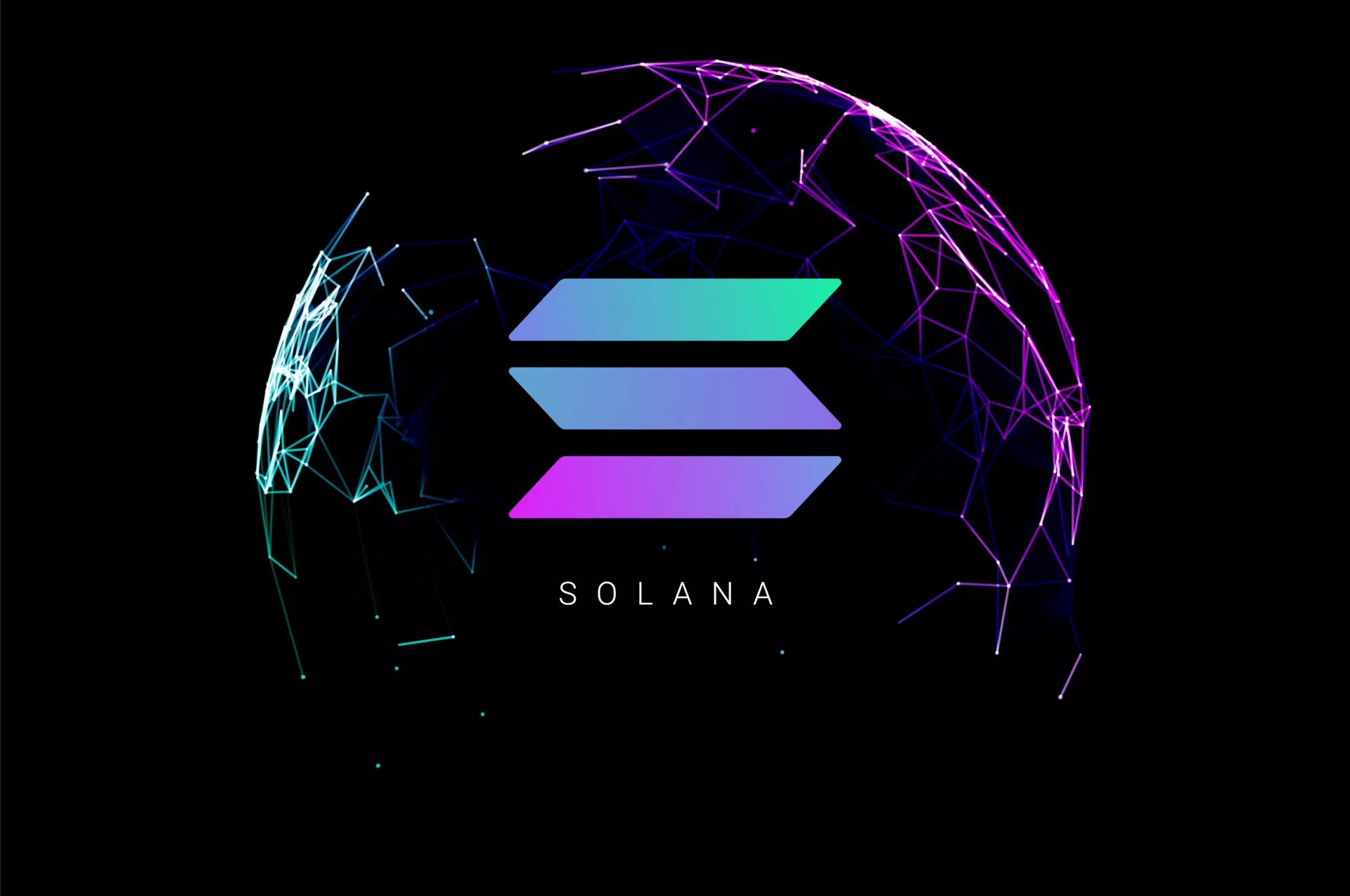|
Getting your Trinity Audio player ready...
|
Solana’s liquid staking market could be on the verge of a significant breakthrough, with potential growth exceeding fivefold. According to Bybit Research, retail investors are the key drivers of this growth, which could push the total value locked (TVL) in Solana-based liquid staking from its current $3.8 billion to over $18 billion. This expansion is linked to the increased capital efficiency offered by liquid staking, allowing stakers to maximize their assets within decentralized finance (DeFi).
Liquid Staking – A Game-Changer for Capital Efficiency
Liquid staking represents a transformative concept for investors looking to stake their tokens without locking them out of DeFi opportunities. Unlike traditional staking, where tokens are locked up, liquid staking offers an equivalent token, known as a liquid staked token (LST). These LSTs can be deployed across various DeFi applications, enabling users to generate additional yields.
Bybit Research highlights that the capital efficiency made possible by liquid staking could be pivotal in expanding Solana’s liquid staking market. This increased liquidity and flexibility are particularly attractive to retail investors, who often seek to maximize the use of their assets.
Solana vs. Ethereum – Avoiding Centralization Pitfalls
Ethereum’s liquid staking sector has already reached a TVL of over $39.5 billion, making it the largest protocol category in the network. However, Ethereum’s liquid staking market has faced centralization concerns, primarily due to Lido, which controls more than 57% of the market with $22.9 billion in TVL. Such centralization raises questions about the security and decentralization of the Ethereum ecosystem.
On the other hand, Solana’s liquid staking landscape has managed to avoid these centralization risks. According to Bybit Research, Solana’s staking infrastructure is less concentrated, making it less susceptible to the same concerns seen on Ethereum. This decentralized approach is likely to boost investor confidence and contribute to the market’s sustained growth.
Bybit Research’s findings emphasize that retail investors will play a significant role in driving the adoption of Solana-based liquid staking. As more individual investors begin utilizing LSTs to optimize their DeFi strategies, the demand for liquid staking protocols on Solana is expected to surge. This shift towards retail adoption could lead to Solana’s liquid staking market achieving a fivefold increase, pushing its TVL to over $18 billion.
DefiLlama reports that Solana-based liquid staking currently holds over $3.8 billion in cumulative TVL, underscoring the market’s already significant impact. However, the potential for growth remains immense, especially if retail investors continue to gravitate toward the advantages of LSTs.
Also Read: Solana (SOL) vs. Cardano (ADA) – SOL’s 48% Drop vs. ADA’s 88% Fall—Who Will Hit New Highs First?
The Future of Solana-Based Liquid Staking
With the combination of enhanced capital efficiency, decentralized infrastructure, and increasing retail interest, Solana’s liquid staking market is poised for remarkable growth. The projected fivefold increase in TVL, supported by Bybit Research, points to a future where liquid staking could become a cornerstone of Solana’s DeFi ecosystem.
As Solana continues to evolve and attract new investors, its liquid staking market could reshape the landscape of decentralized finance, offering new opportunities for capital optimization without the centralization risks seen in other networks.
Disclaimer: The information in this article is for general purposes only and does not constitute financial advice. The author’s views are personal and may not reflect the views of Chain Affairs. Before making any investment decisions, you should always conduct your own research. Chain Affairs is not responsible for any financial losses.
I’m a crypto enthusiast with a background in finance. I’m fascinated by the potential of crypto to disrupt traditional financial systems. I’m always on the lookout for new and innovative projects in the space. I believe that crypto has the potential to create a more equitable and inclusive financial system.




